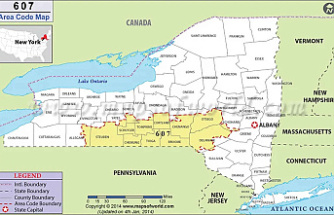Meyers Gulch, a picnic and hiking area near Walker Ranch, lures me each spring and early summer to see mountain ball cacti and pasque flowers.
As a creature of habit, I usually look for tent caterpillars on currant shrubs near the parking lot. Late last spring I found shield bugs consuming tent caterpillars.
I remember, from my childhood in New Jersey, tent caterpillars in such high densities that they defoliated trees. Even at that time, it occurred to me that we needed something to eat tent caterpillars.
Shield bugs were on the silken tents, pursuing caterpillars returning from foraging on currant leaves. When a bug probed a caterpillar with its tubular mouthparts, the caterpillar would thrash violently.
I recognized this defensive response — the caterpillars were trying to impale the predators with their defensive hairs. Tent caterpillars bristle with urticating hairs, which have microscopic barbs that prevent the hairs from being pulled out, but causes them to work their way deeper and deeper into soft flesh.
However, I doubt that hairs could pierce the shield bug's chitinous exoskeleton.
While two shield bugs maneuvered to attack caterpillars, one moved slowly about, carrying an impaled caterpillar and sucking its fluids. I watched for about 20 minutes, and in that time, the caterpillar seemed to lose 50 percent of its volume.
I did not recognize this shield bug and my book on Colorado insects was of little help. So I sent photos to Boris Kondratieff, director of Colorado State University's Gillette Museum of Arthropod Diversity. He promptly reported that he had forwarded my photos to Donald Thomas, a research entomologist with the U.S. Department of Agriculture in Edinburgh, Teas.
Thomas is a recognized authority on the family Pentatomidae, which has 220 species generally referred to as stink bugs or shield bugs.
I have to credit Trbet Kondratieff, Thomas and my colleagues Deane Bowers and Mike Breed for generously helping anyone who sends photos or specimens for identification. I simply don't have the resources or experience to wade through the 220 species in Pentatomidae, and many others face similarly daunting tasks.
As the years go by, the ranks of trained systematists shrink; this trend needs to be reversed in the near future.
Thomas informed me that the species that was slurping tent caterpillars was Apateticus marginiventris, and it is so rare that it does not have a common name, and as yet no one has described its life history, or ecology, or even what it eats.
Digital searches for papers on this species have only turned up species lists indicating which species were found in a particular area. We really don't know anything about its biology, other than it eats tent caterpillars.
Species in the family Pentatomidae are called shield bugs, for all have a shape that has, with a little imagination, five sides.
They are also known as stink bugs, for when they are harassed or threatened they emit, from glands in the thorax, substances containing aldehydes and cyanides. Aldehydes remind some of coriander, cyanides smell like rancid almonds.
Unfortunately, some other distantly related insects are also called stink bugs, so the name is not at all specific.
While A. marginiventris is hardly known at all, another shield bug was introduced in 1998 and has very quickly become infamous for its damage to crops and orchards and its invasions of homes.
The brown marmorated stink bug, Halyomorpha halys, is native to China, Japan and Korea, but it is now making itself a pest on farms and ranches raising apples, pears, peaches, cherries, raspberries, green beans and soybeans.
Furthermore, they are eager to share the warmth and comfort of your home —I have captured at least six in my home this winter. The marmorated stink bug is the shape of all the shield bugs, but is elaborately patterned with brown, grey, tan, bluish, copper and faint white mottling and banding.
Look for them walking ever so slowly on the walls in the evening and the floors in the morning.
Jeff Mitton, mitton@colorado.edu, is a professor in the Department of Ecology and Evolutionary Biology at the University of Colorado
Our editors found this article on this site using Google and regenerated it for our readers.












